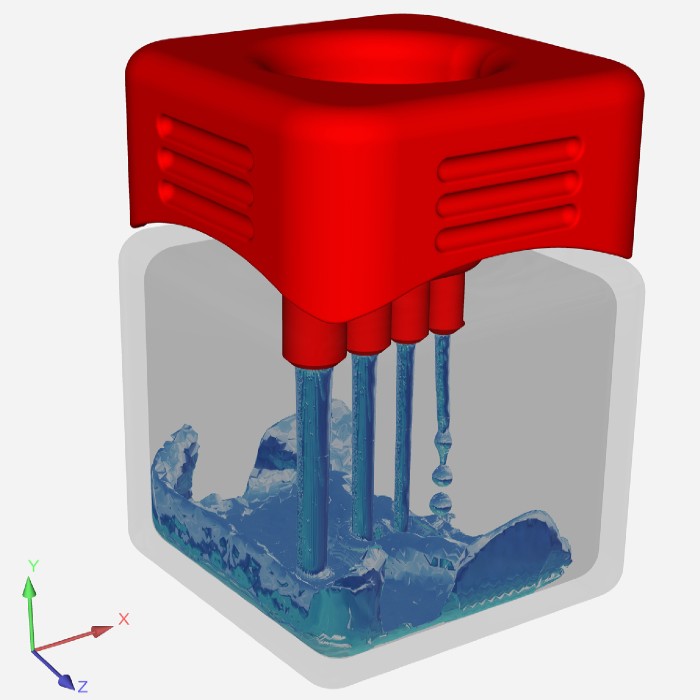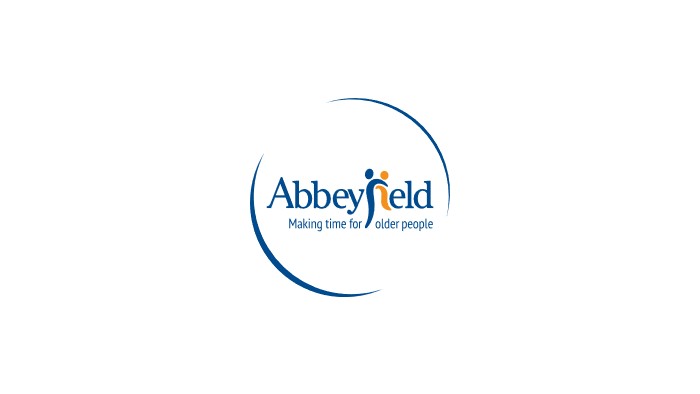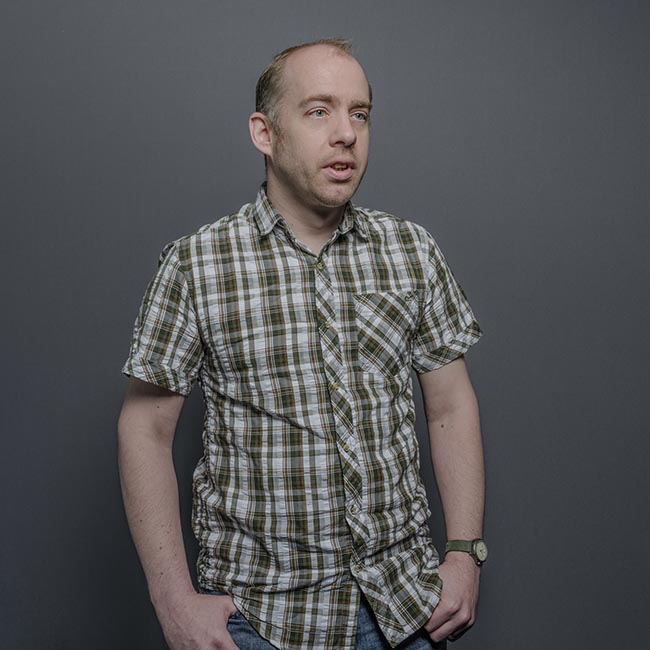Dysphagia (difficulties with swallowing) has been associated with high case fatality and poor functional outcomes and puts patients at risk of aspiration, pneumonia, dehydration and malnutrition. Dysphagia is a highly prevalent clinical condition affecting up to half of people with stroke, 60–80 % of individuals with neurodegenerative diseases, 10–30 % of adults aged 65 years and above and over 51 % of institutionalized elderly patients.
Current practice in the management of dysphagia has frequently involved modification of diet and fluids. Liquids are commonly thickened by adding a commercial thickening agent to the drink in order to increase the consistency of the fluid. The level of thickness of the fluid required by each patient varies.
Introduction
In order to address patient safety each drink that the person consumes is thickened to the required consistency. However, guidelines for thickening fluids in care settings are often imprecise with only brief written instruction. These are not always accurately followed by the health workers or carers who prepare drinks for patients, resulting in drinks that are of a thicker or thinner consistency than are actually required.
Approach
To that end, funding was obtained by the research team (CSER, Design Futures, Sheffield Teaching Hospitals Speech & Language Therapy) to look at the development of a tool that would easily identify the various fluid thicknesses, quickly, cheaply and most importantly, work in a care home or residential home setting.
This study used a mixed methods approach to aid with this tool development, combining engineering techniques, such as computational fluid dynamics (CFD), with ergonomic analyses and co-design with care home staff. The interviews, processes and study design were approved by the NHS Heath research Authority (HRA, IRAS Project ID: 254682).
Output
The research project team spent the past year developing three prototype tools for measuring the thickness of thickened drinks. These tools were developed working with care home staff and speech and language therapists along with design specialist and computational engineers.
Further funding is now being sought to take the design from prototype through to a production ready artefact, suitable for wide scale testing with care home staff.



